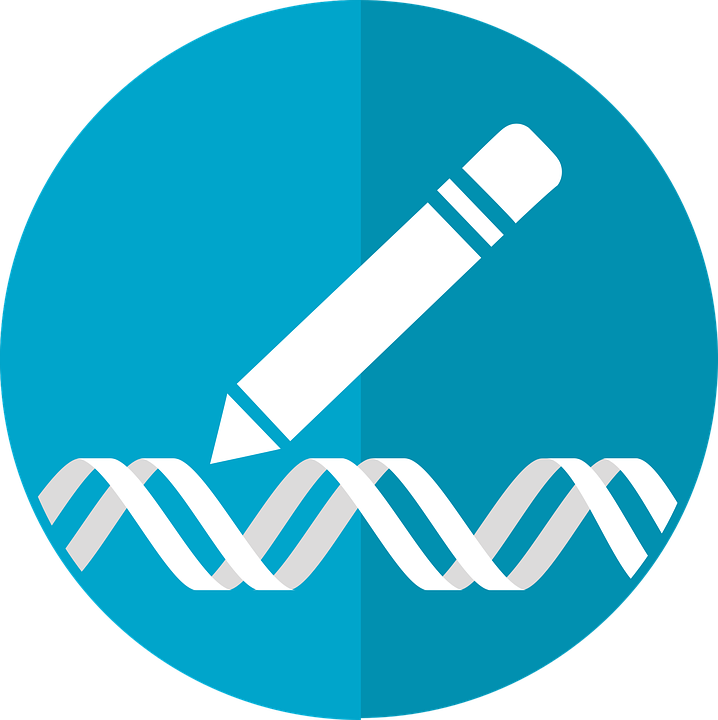Aggregated News

The gene editing techniques that have revolutionized medicine since 2016 could also be used to treat common heart diseases, the number one cause of death in humans, according to a study published recently by one of the world’s leading scientists, Eric Olson, from the US. His team was able to modify two letters – or bases – of the approximately 3 billion that make up the DNA of a mouse. This change was enough to silence a protein linked to multiple cardiovascular problems. Olson is cautious, but highlights the potential advantages of this new strategy: since heart cells last a lifetime, it is only a matter of making the change once.
DNA is like a recipe book for making proteins, the minuscule machines that take care of the main tasks in a living being: carrying oxygen through the blood, fighting viruses, digesting food. That manual is written with four letters, repeated millions of times: ATGGCGAGTTGC… each of these letters is the initial of a chemical compound with different amounts of carbon, hydrogen, nitrogen and oxygen: adenine (C₅H₅N₅), cytosine (C₄H₅N₃O)...



